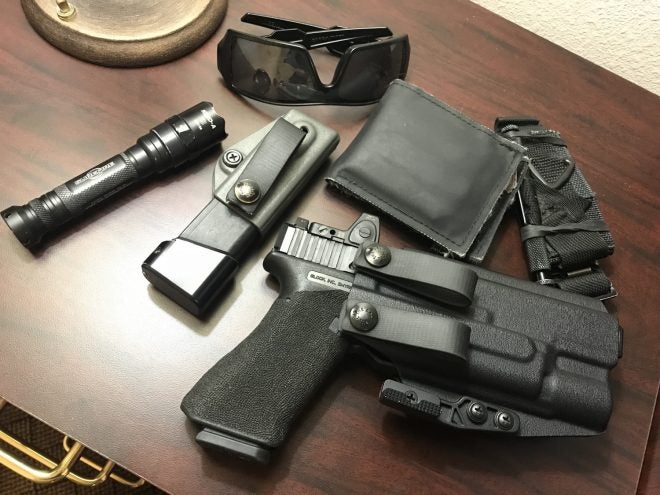While having the latest kit is great, having it positioned, batteries charged and accessible is just as important. If you have not heard of the Make Ready Procedure then check out this article. Even when you are not on the range or in full kit, these concepts can and should be applied to daily carry procedures.
Protective Equipment
While most won’t carry hearing protection and armor, many normally wear a good pair of sunglasses to protect their eyes. Just like you should physically check for your eye protection on the range, you should also ensure they are not fogged up or smudged when making ready as a daily carry procedure.
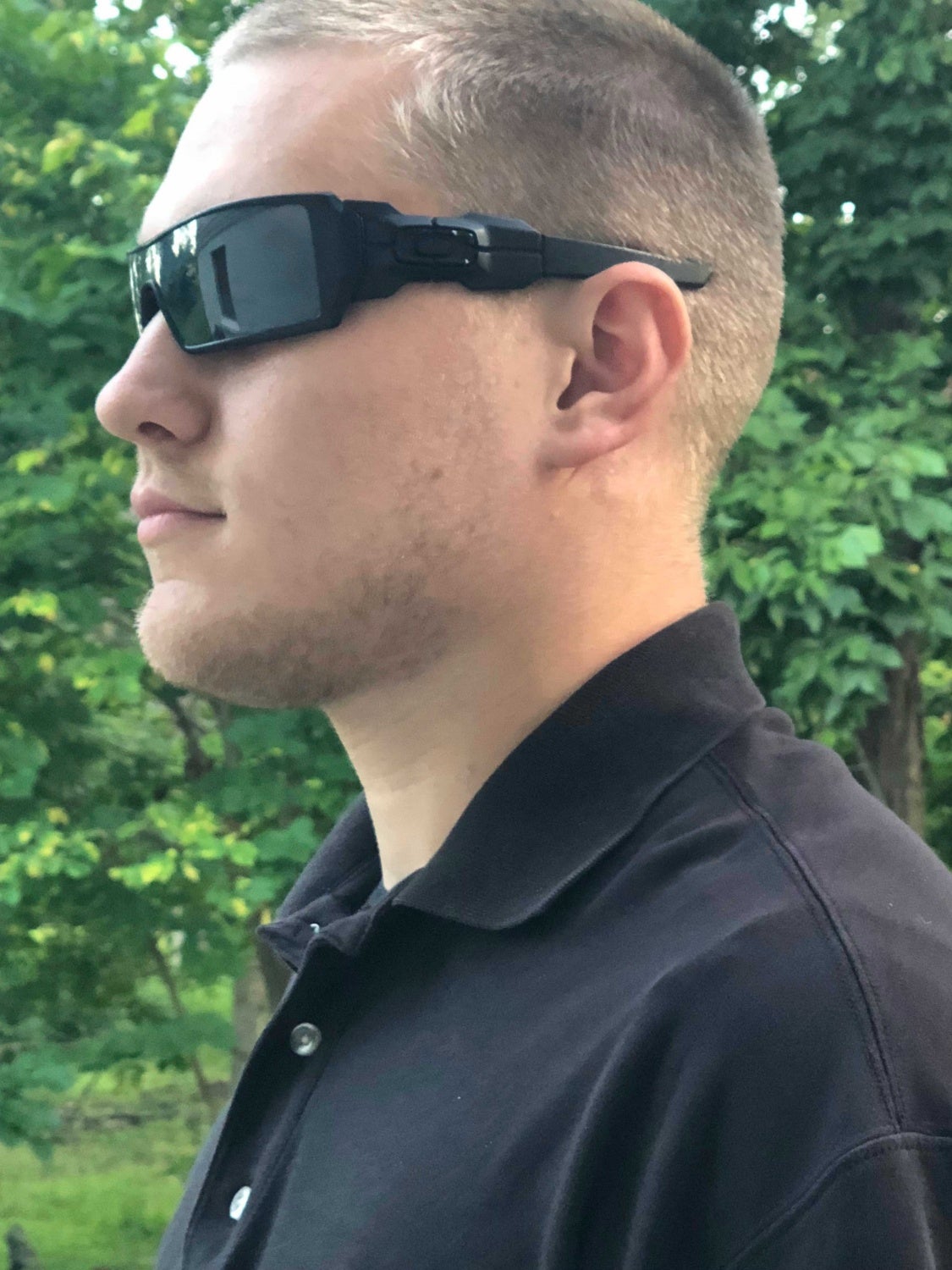
Medical gear must also be checked but most of us will most likely not be carrying a full IFAK on our person. However, what you do carry must not only be present but properly staged and readily accessible.

Simple Access
As discussed in the Make Ready Procedure article, location of where you carry certain tools is important and allows for simple access. For example I keep my wallet in my back right pocket and my flashlight clipped to my front left pocket for ease of access. Even if you carry a different light or TQ, accessing them from the same location will make for easier access and simplify the Make Ready Procedure.
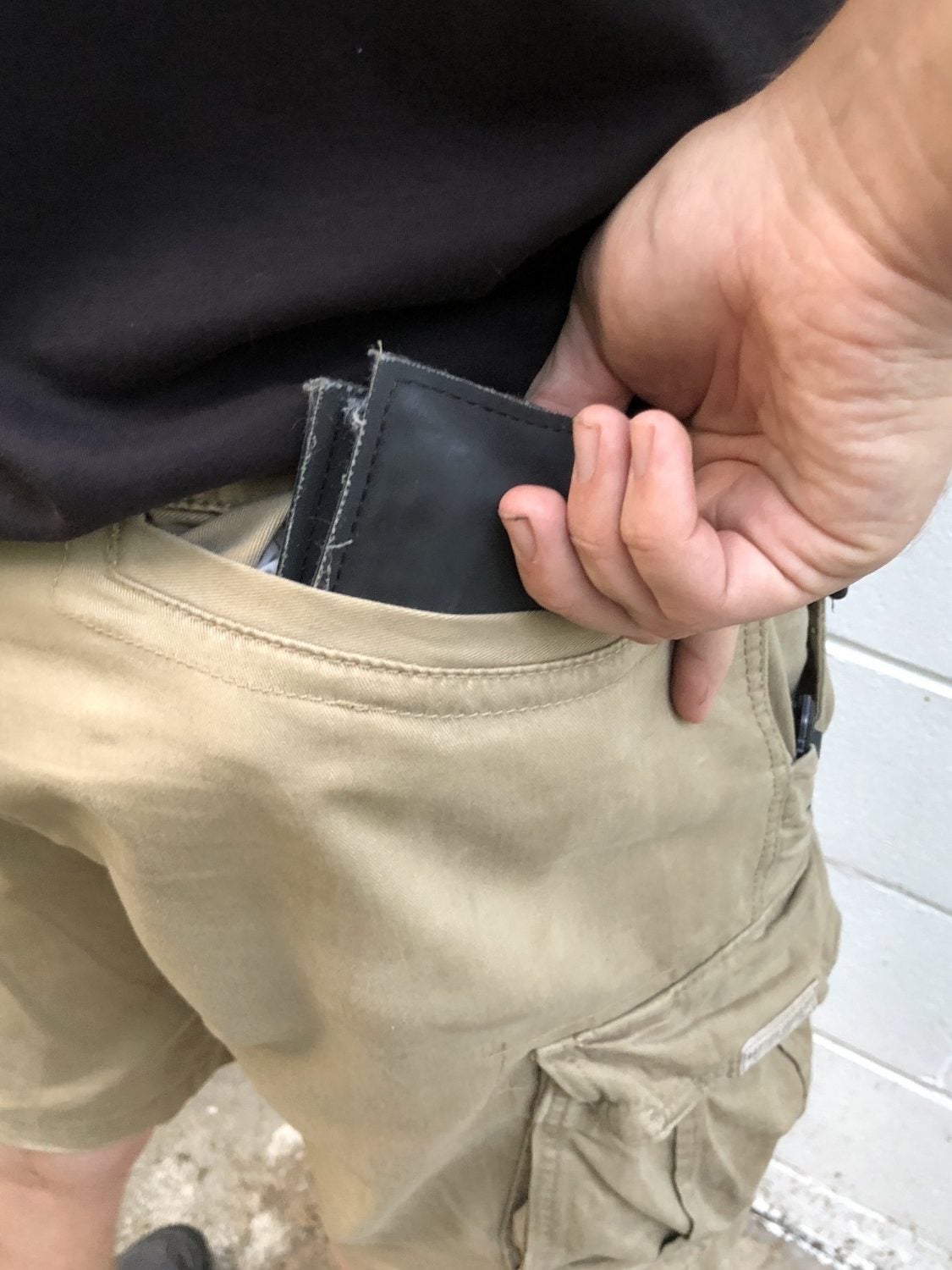
I don’t need quick access to my wallet and my rear pocket takes more time and effort to access. This makes it a better choice than if I was storing something more time sensitive like a tourniquet.
Firearm
For daily applications many of us carry with a round in the chamber and do not unchamber a round at night or when we put down our firearm. If you do, make sure to regularly change out your carry ammunition as it will eventually compress the bullet farther into the casing.

Notice the round on the left has been chambered a few times. The bullet is seated slightly further back in the casing.
While we do not have a rifle sling getting in the way, we want to check holster positioning for best concealment and ensure nothing impedes the draw process. While obtaining a good sight picture I check the brightness of my red dot.
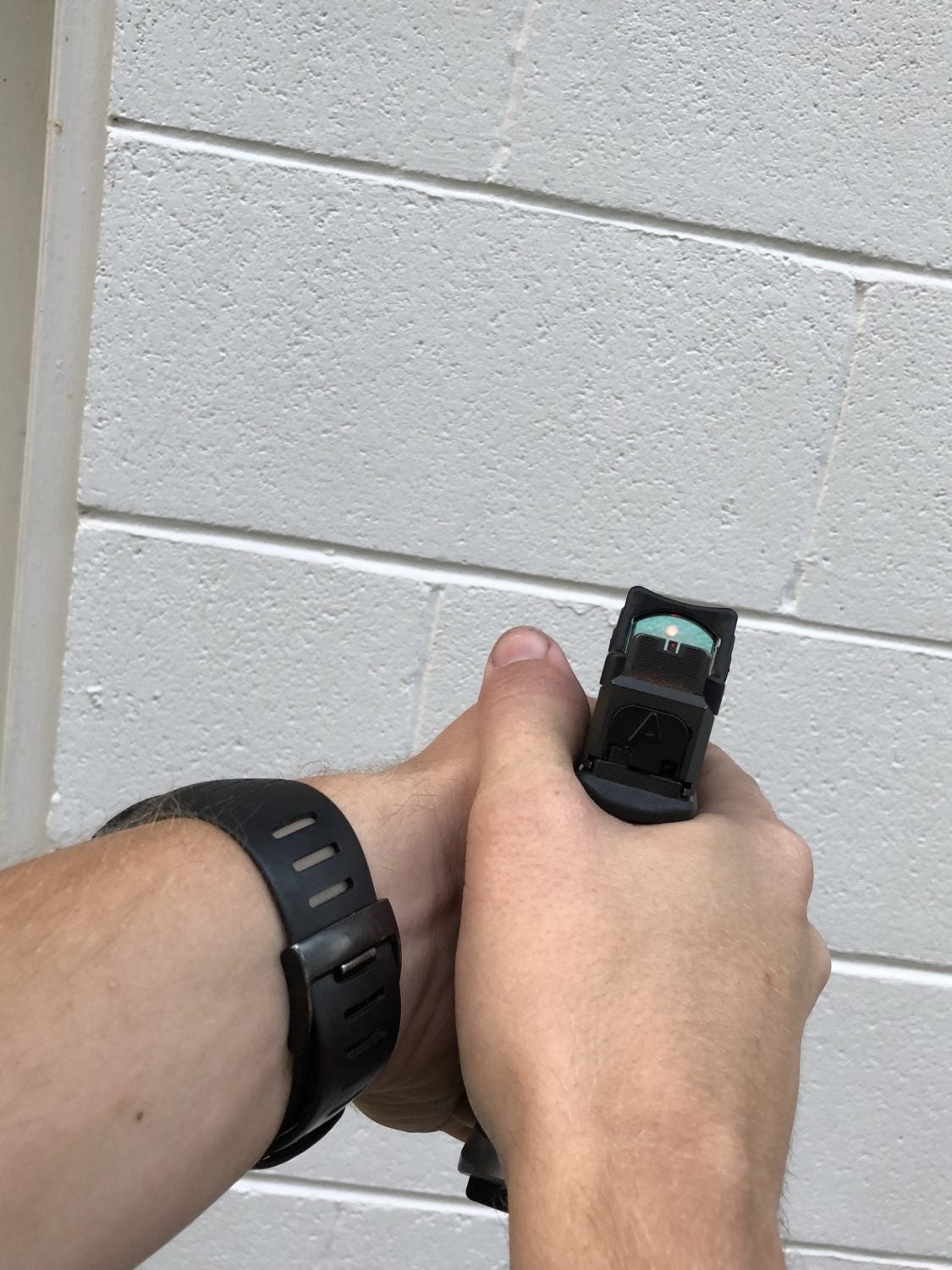
I then do a press check to ensure a round is chambered. After the slide is released, slap the back of the slide to make sure it is in battery.
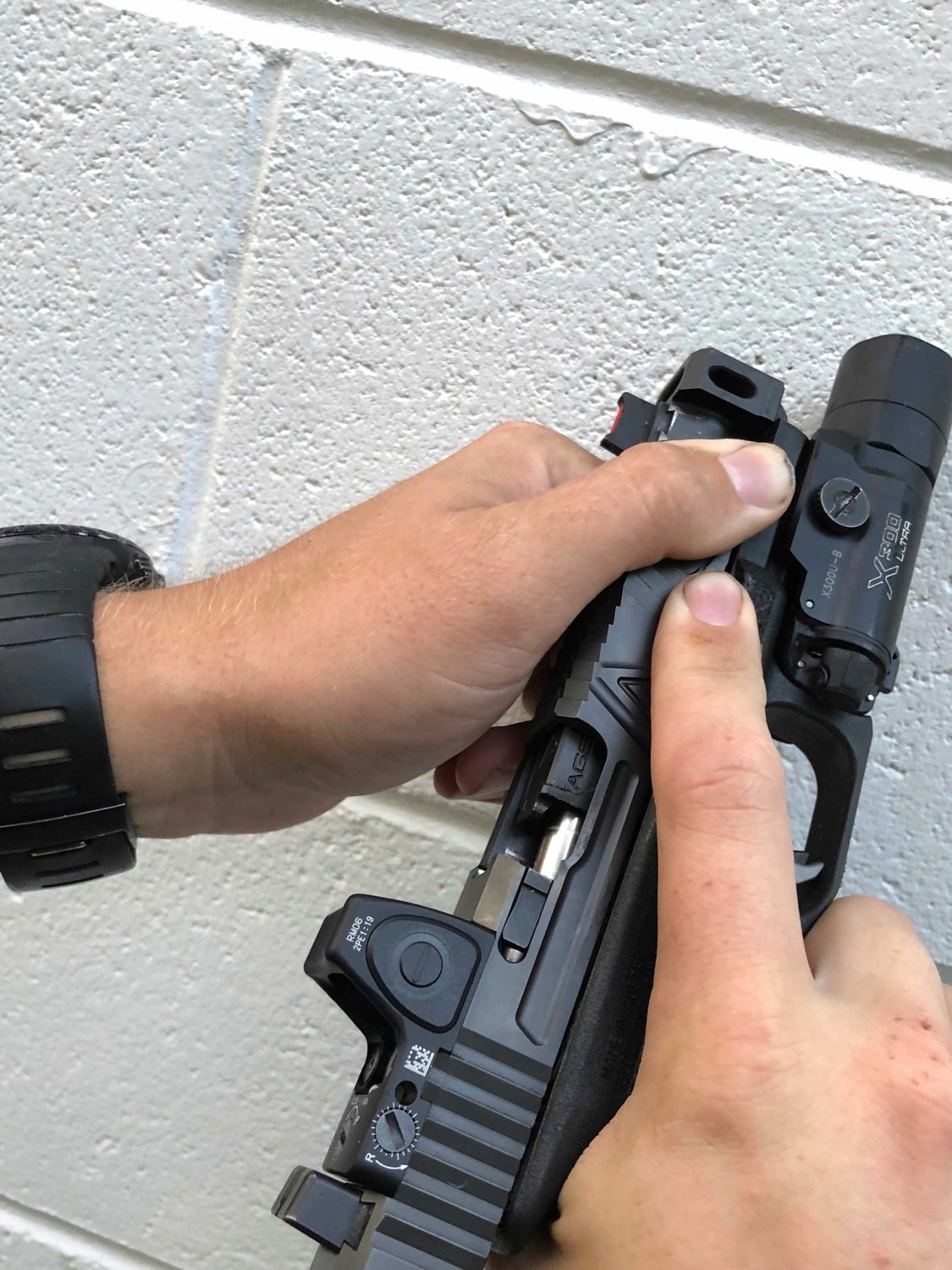
Next I remove my magazine to ensure it is fully loaded. Reinsert the magazine into the magwell firmly with a push pull so the magazine is properly seated. If using a weapon mounted light, confirm it is functional.
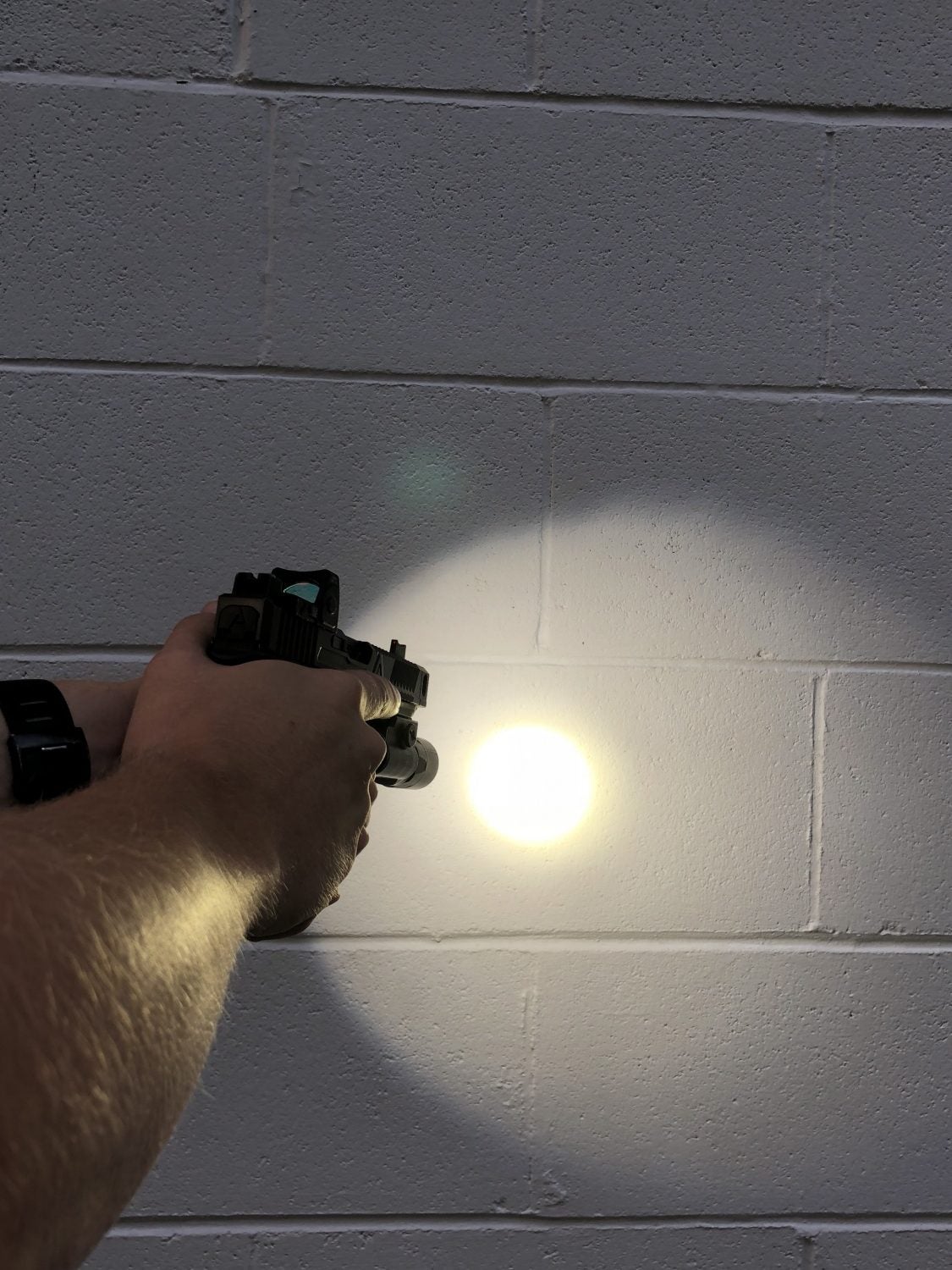
Support Equipment
Finally, I check support equipment. First I confirm my secondary magazine is at full capacity. Then I feel for the position of my defensive blade, check my handheld light, cell phone battery, etc.


Conclusion
Even for those that routinely change out their EDC, going through the same order and process will help avoid the preventable and costly mistakes. The Make Ready Procedure is simplified for daily carry simply because we have less gear to assess. If we carefully prep for runs in the shoothouse or on the range then we should at least take that level of care when the stakes raise to real life application.
 Your Privacy Choices
Your Privacy Choices
